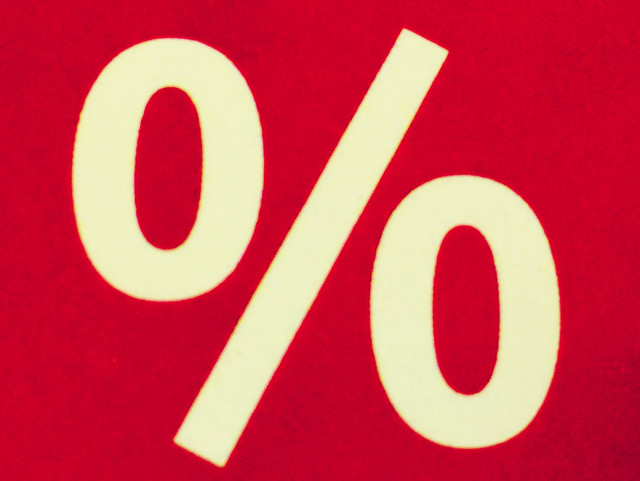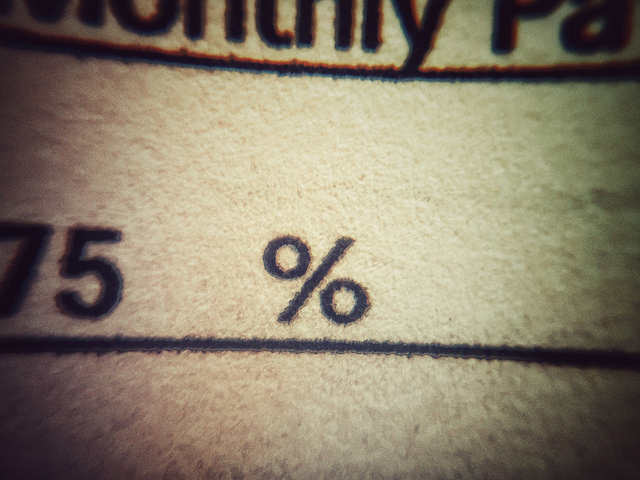The number of Americans requesting mortgage applications fell 1.3 percent last week, according to the Mortgage Bankers Association’s Weekly Applications Survey. The decline was due, in part, to a slight increase in average mortgage rates. The survey found rates up for 30-year fixed-rate mortgages with both conforming and jumbo balances, as well as 15-year fixed-rate loans. Mortgage rates for loans backed by the Federal Housing Administration were unchanged from the previous week. Michael Fratantoni, MBA’s chief economist, told CNBC that refinance volume remains high while purchase demand has been slow since the holiday. “Recent swings in mortgage rates have been relatively muted compared to Treasury rates, although on net both remain below their levels from just prior to the Brexit vote,” Fratantoni said. “Refinances fell slightly with rising rates last week, but the refinance share of 64.2 percent of applications was the highest since February of this year, as purchase volume was slow to come back following the July 4thholiday.” Demand for loans to buy homes, though 16 percent higher than last year, has been hampered by lower-than-normal inventory levels across much of the country. The MBA’s weekly survey has been conducted since 1990 and covers 75 percent of all retail residential mortgage applications.













